Posted by kavery508 | Posted in Uncategorized | Posted on March 30, 2015
This Friday we will be “Celebrating Differences” at our next Grade 1 & 2 School Meeting. Students will be recognizing the various ways that we shine with individuality, yet together make a handsome mosaic. We’ll also join in singing this song, Building a Better World.
Coincidentally, we will also be learning more about the autistic spectrum and how it affects our friends here at school as part of a kickoff for “Autism Awareness Month” starting April 1.
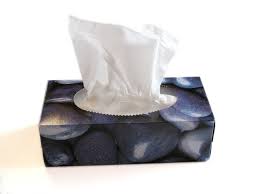 Thanks to parents for sending in Kleenex! I’ve had a few responses, and we need LOTS more to get us through spring. Please send some in if you haven’t, and thanks!
Thanks to parents for sending in Kleenex! I’ve had a few responses, and we need LOTS more to get us through spring. Please send some in if you haven’t, and thanks!
In writing, our poetry lessons have gone off with a bang! The goal at this time is for kids to write about a topic important to them using carefully chosen words, imagery, thoughts and feelings, and to think about lines and shape when making a final draft. Here are some great examples:
Summer
Winter gray clouds cover
like steam from a factory.
Soon they fly away like crows.
Behind them is the sparkly sun.
The jealous clouds come back.
by Joshua Mastromatteo
Dean Park
The lake is beautiful
in the morning sun
Sparkling with yellow diamonds.
The trees have a burning glow
like they’re on fire.
by Steven Kaye
Elephant
Big as a truck
gray as the winter sky
Skin hard as a tree bark
A trunk like a canon to shoot water into
their mouths
Big wavy ears to listen for lions.
by Manpreet Gill
The Snake
Sun sets on the sky
The snake slithers on the trail
with others following behind.
by Meredith Agneta
Our math work this week sees a return to mental math strategies. Here are 3 addition strategies we will focus on this week, that are expected to be used during homework. See the resources section of your child’s math homework folder for illustrated examples of each!
1. Add multiples of 1s, 10s, or 100s when you can: 354 + 5= 359 (just add the ones; nothing else needs to change); 354 + 30 is just counting by 10s three times–364, 374, 384; 354 + 400 is just counting by 100s four times–454, 554, 654, 754.
2. When an addend ends in a 7, 8, or 9, you can add 10 instead because that’s easier. Then you subtract the ones: 216 + 7 is the same as 216 + 10 = 226. Since you added 3 to make the 7 into 10, you minus 3 from the answer: 226 – 3 = 223. Similarly, 436 + 8 can be done like this: 436 + 10 = 346, minus 2 = 344. And finally, 667 + 9 is the same as 667 + 10 = 677, minus 1 = 676. The big idea here is that kids do this in their heads by recognizing familiar patterns (counting by 10s).
3. A similar strategy can also be used to add by 100 and minus the 10s: 521 + 90 is the same as 521 + 100 = 621, minus 10 = 611. In the case of this and the other mental strategies, we don’t want kids to be adding the ones first, then the tens (and carrying, etc.). Rather, we’re trying to build that all-important fluency with number.
 In science, we have begun our study of matter with hands-on experiences designed to get kids manipulating and thinking about solids and liquids. Kids are also learning properties of solid objects (opaque, transparent, translucent, flexible, rigid, etc., etc.) and applying them while sorting a wide variety of material in and out of the classroom. Here’s a fun collection of short animations we’ll be using from time to time:
In science, we have begun our study of matter with hands-on experiences designed to get kids manipulating and thinking about solids and liquids. Kids are also learning properties of solid objects (opaque, transparent, translucent, flexible, rigid, etc., etc.) and applying them while sorting a wide variety of material in and out of the classroom. Here’s a fun collection of short animations we’ll be using from time to time:
http://www.abpischools.org.uk/page/modules/solids-liquids-gases/slg2.cfm?coSiteNavigation_allTopic=1
And finally, I promised the kids I’d post our newest favorite classroom sing-a-long song as I prepare them for future lessons with coins and money! It is part of an awesome series from Reedeez you can find on Youtube.



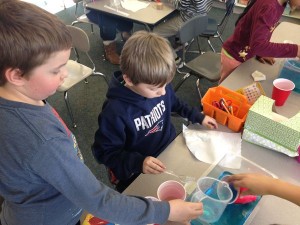
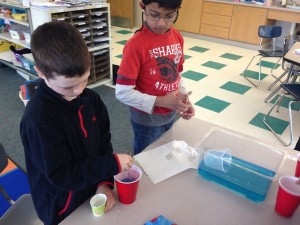
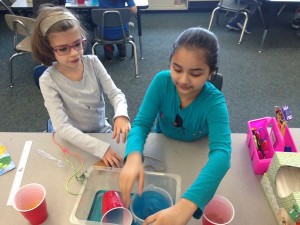
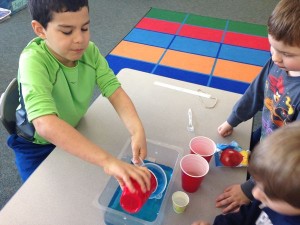
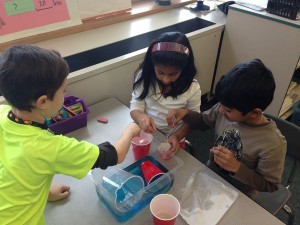
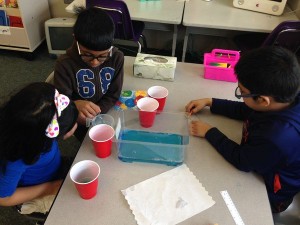
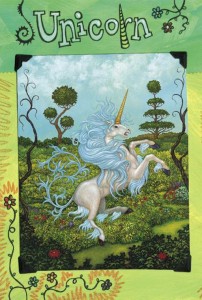


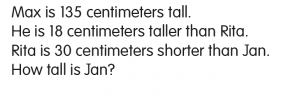
 Our Trimester 3 mapping goals include locating and identifying all continents, oceans, and major physical features of the U.S. such as the Mississippi, Rocky Mountains, Appalachians, Great Lakes, etc. We will make a game out of identifying these using physical maps, political maps, and Google Earth.
Our Trimester 3 mapping goals include locating and identifying all continents, oceans, and major physical features of the U.S. such as the Mississippi, Rocky Mountains, Appalachians, Great Lakes, etc. We will make a game out of identifying these using physical maps, political maps, and Google Earth.
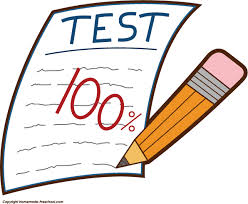
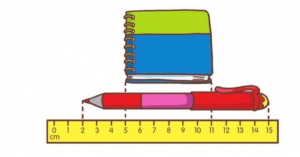
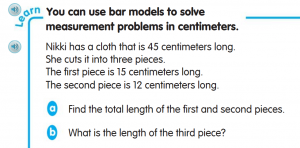
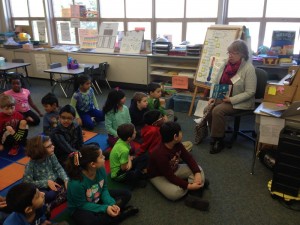
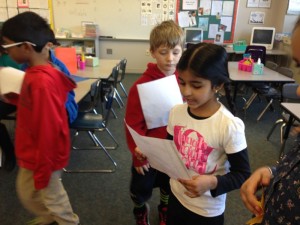
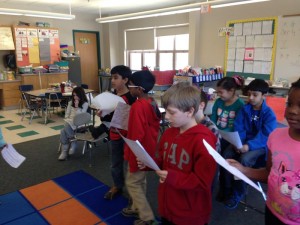
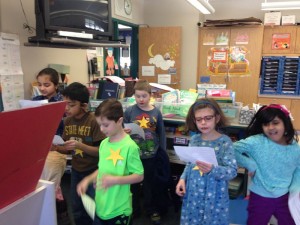
 Students will be writing a second Informative Writing piece this week. They will choose their own topics based on personal expertise; organize their compositions using the Grade 2 Informative Pillar; take ever more ownership of explaining their thinking in coherent sentences; and edit for spelling and English conventions.
Students will be writing a second Informative Writing piece this week. They will choose their own topics based on personal expertise; organize their compositions using the Grade 2 Informative Pillar; take ever more ownership of explaining their thinking in coherent sentences; and edit for spelling and English conventions.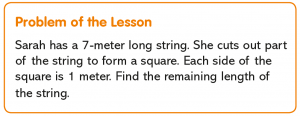

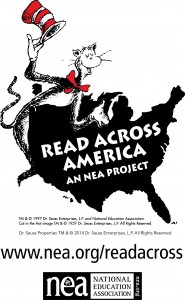
 How does weather change day to day and over time? We have spent much of the trimester answering this question using scientific investigations, content learning, and observations. Having created bar graphs to show our data around temperature, we will learn this week how to analyze them. Part of analyzing data is to accurately report what the data shows, instead of what we wanted to find. Another part is noticing trends and putting the data together to comment on it. We will learn the difference between these two skills and apply them to report out on our findings.
How does weather change day to day and over time? We have spent much of the trimester answering this question using scientific investigations, content learning, and observations. Having created bar graphs to show our data around temperature, we will learn this week how to analyze them. Part of analyzing data is to accurately report what the data shows, instead of what we wanted to find. Another part is noticing trends and putting the data together to comment on it. We will learn the difference between these two skills and apply them to report out on our findings.